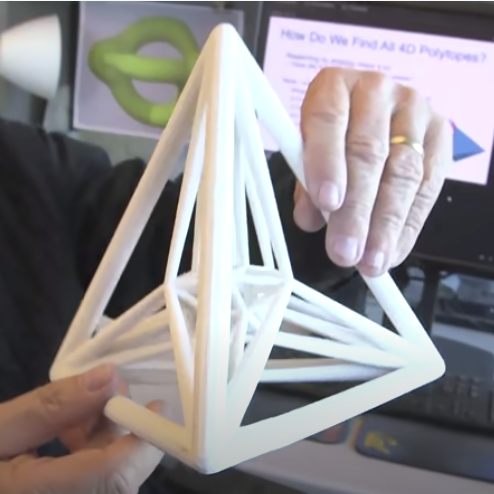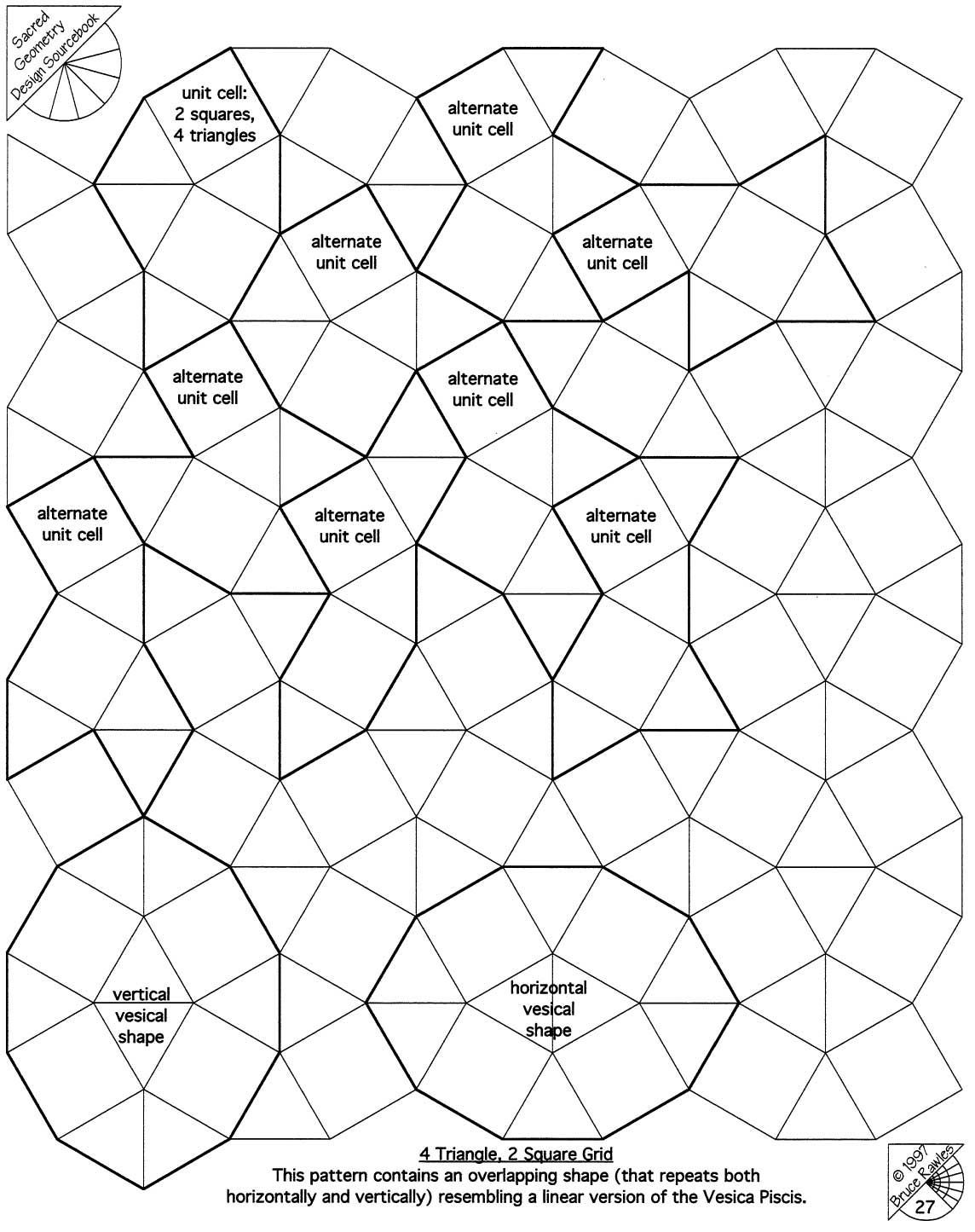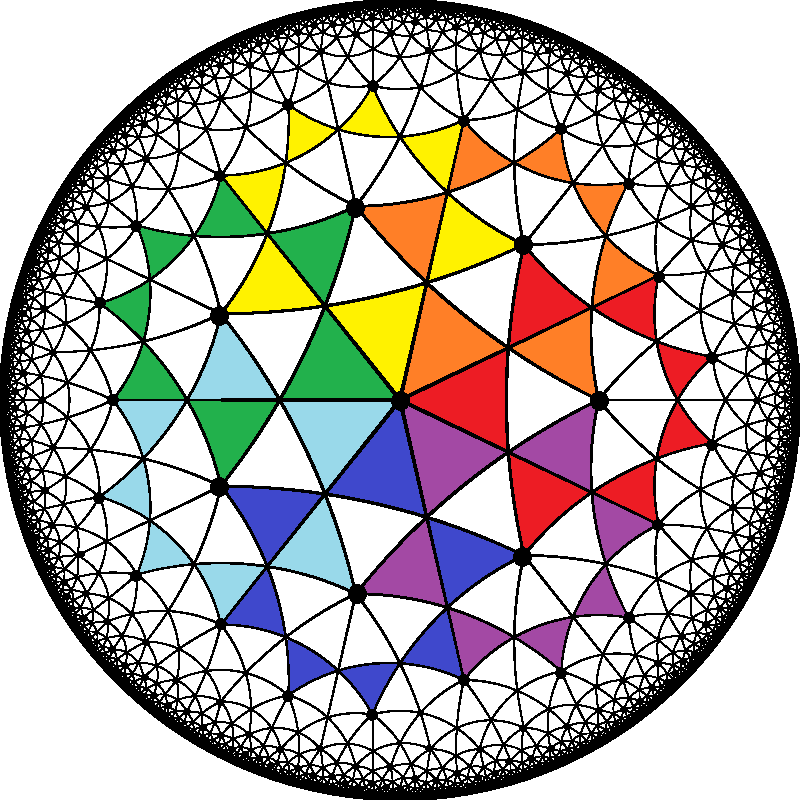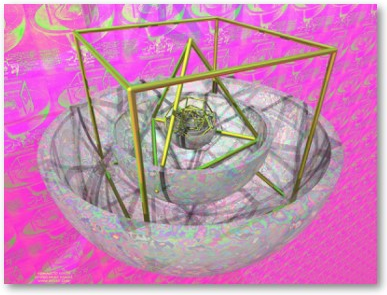
Kepler’s Model of the Solar System (nested Platonic Solids) and other fun and somewhat boggling geometric explorations unfold in this visually engaging video presentation about periodic … and aperiodic pentagonal tilings discovered by Roger Penrose, quasicrystals, and – of course – cameo appearances by the Golden Ratio and the Fibonacci Series. Enjoy! :-)
Thanks to Shaun L. for alerting me to this gem of a video!
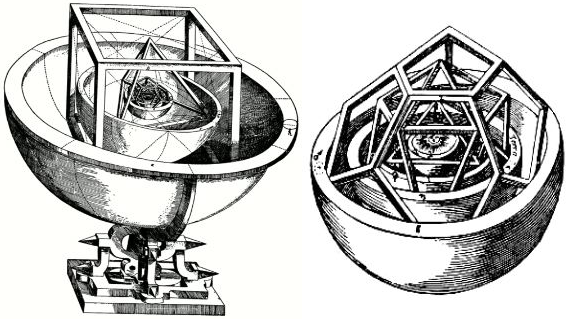
If you’d like to explore the various periodic tilings and/or Platonic Solids (both mentioned in the video above) and much more, check out my first book, Sacred Geometry Design Sourcebook: Universal Dimensional Patterns!
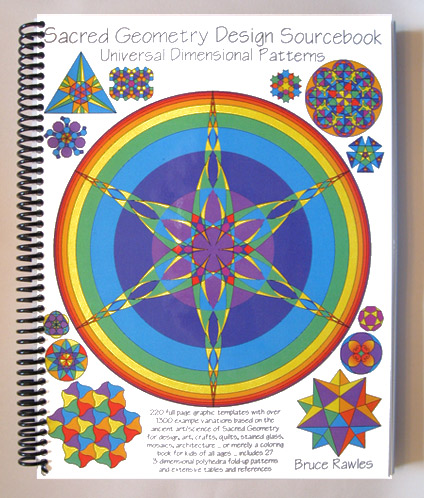
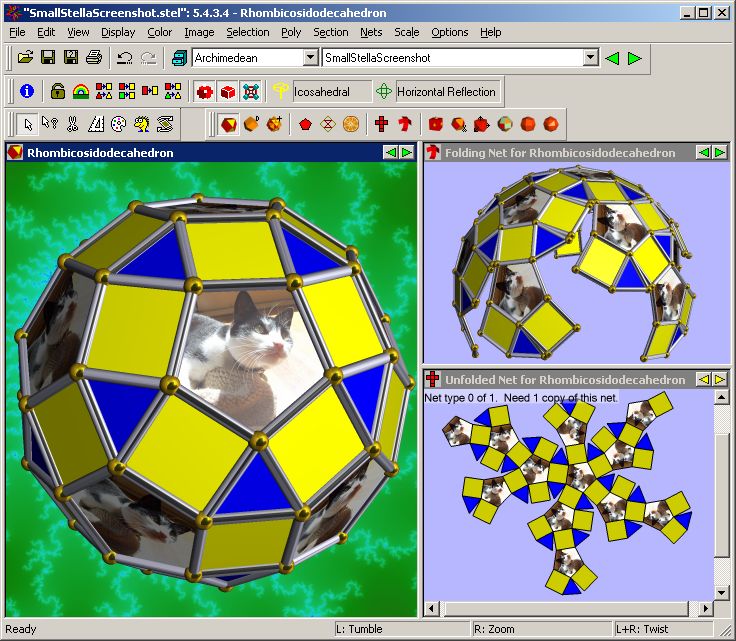
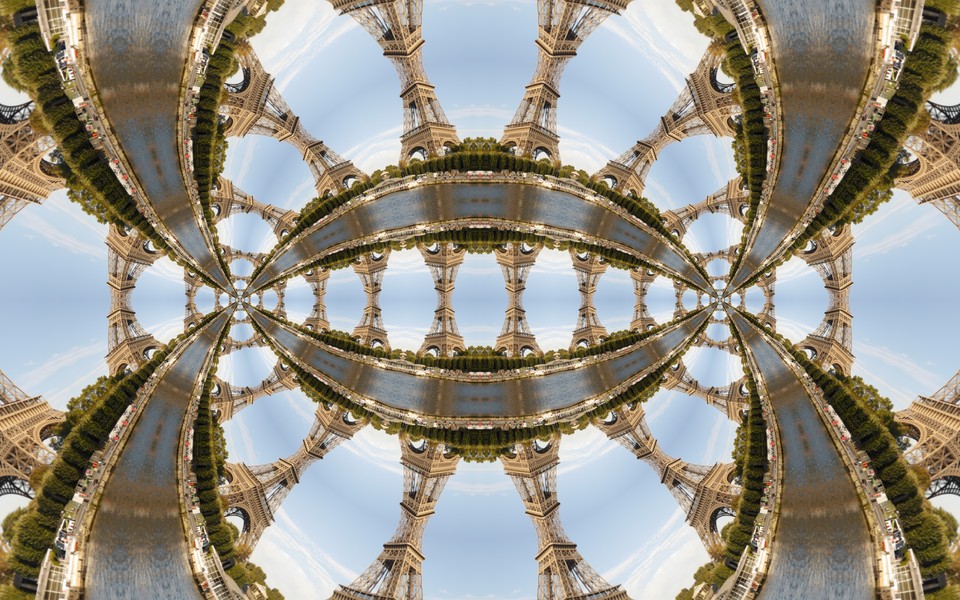
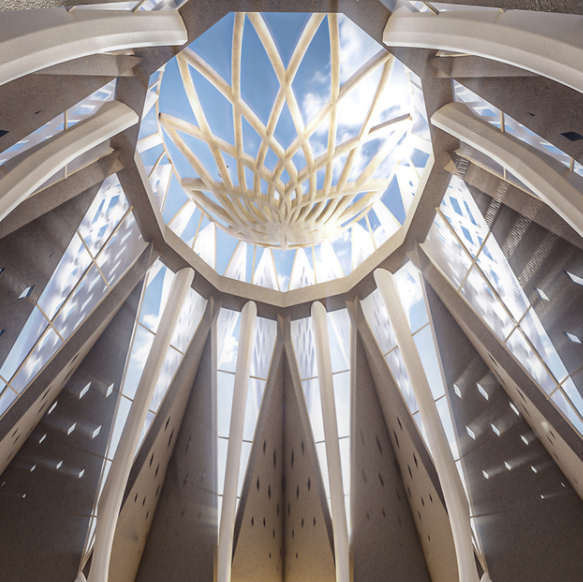 Another super quick, fun update for sacred geometry enthusiasts!
Another super quick, fun update for sacred geometry enthusiasts!